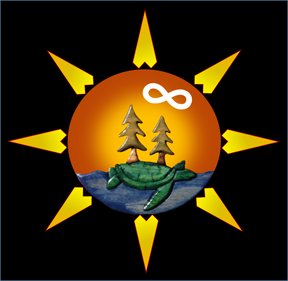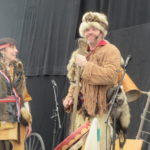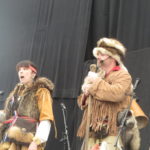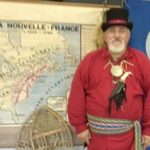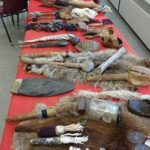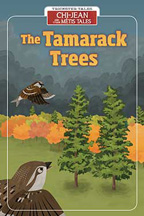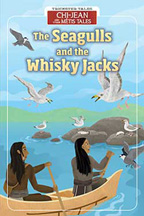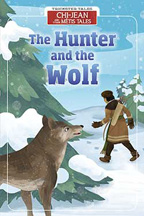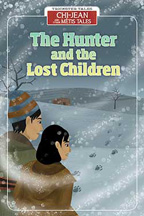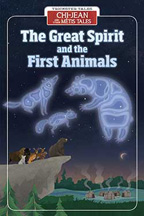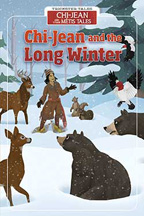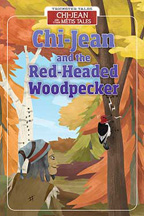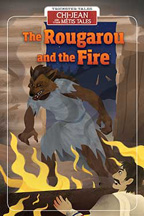STORIES – TALES – LEGENDS
Narration is the art of telling a story, story, or legend passed down from generation to generation. A good storyteller draws the attention of his audience easily and skillfully, often interacting with some or all members of his audience. Many storytellers use visual aids, sounds, songs, and facial expressions to engage the audience fully.
Storytelling was an important part of the winter evenings when the Aboriginal clan gathered around the fire to socialize and listen to the stories. Legends are never told in summer, only in winter. Stories and legends play an important role in all Aboriginal societies, not only to entertain, but also to strengthen the culture, traditions, and family and moral principles of a people. Stories can be fun, sad or even tragic.
Today, some people claim to be storytellers and even visit schools. While many are true storytellers who have heard the stories of the elders of their clans, bands or tribes, there are many who have not received their stories traditionally. Some have collected stories and legends from various sources, including the Internet, and have declared themselves storytellers. It is important for the education sector to ensure that the storytellers they hire are authentic and recognized by the Aboriginal community.
OUR OWN STORY AND LEGENDS TELLERS
CHI-JEAN and other Metis Tales
Chris Kientz & Karole Dumont
We invite members of the MNOC and its treaty partners' organisations to submit stories and legends they heard as children, or currently tell their children.
~~~~~~~~~~~~~~~~~~~~~~~~~~~~~~~~~~~~~~~~~~~~~~~~~~~~~~~~~~~~~~~~~~~~~~~~~~
The following are documents that may be of assistance to School Boards and/or organisations looking to hire storytellers for their events.
When Aboriginal and Métis Teachers use Storytelling as an Instructional Practice by Melanie MacLean & Linda Wason-Ellam Storytelling_As_An_Instructional_Practice

